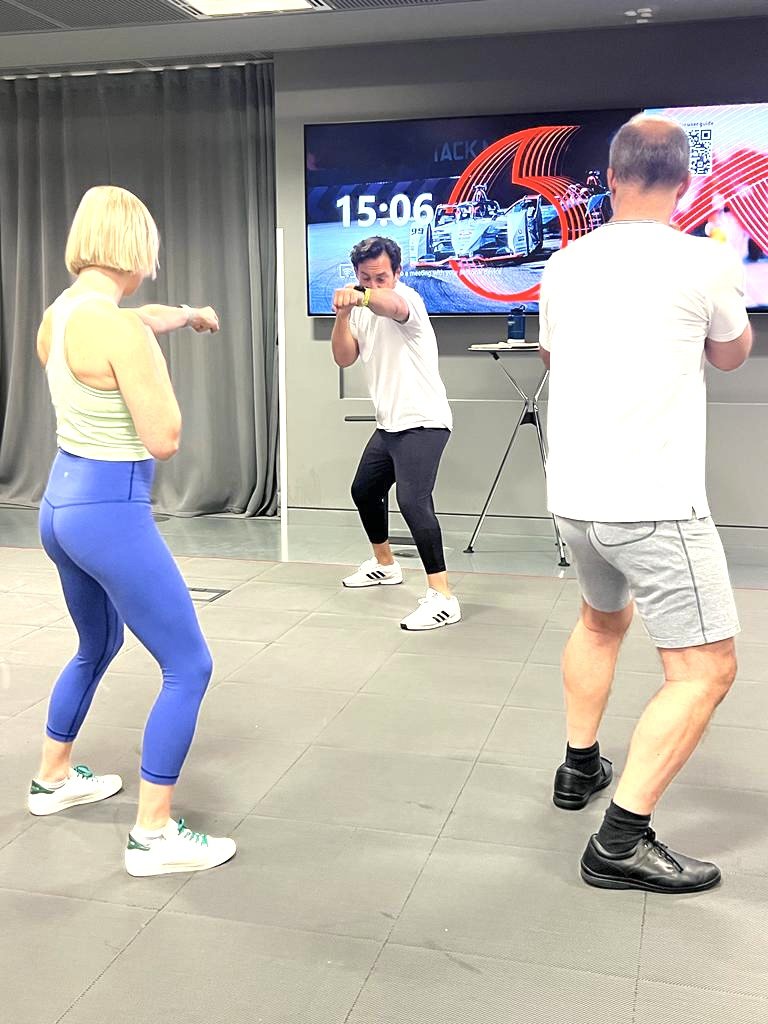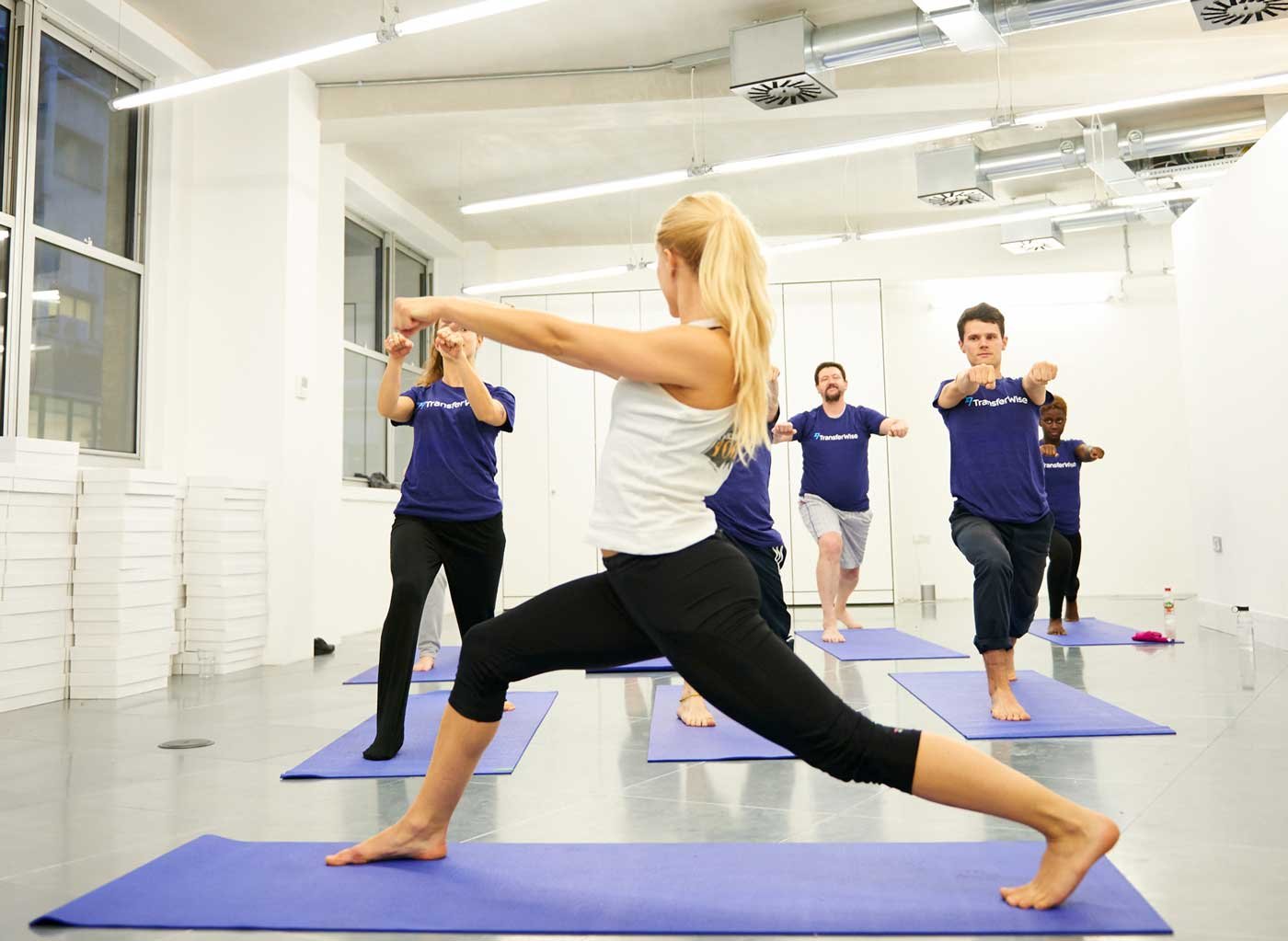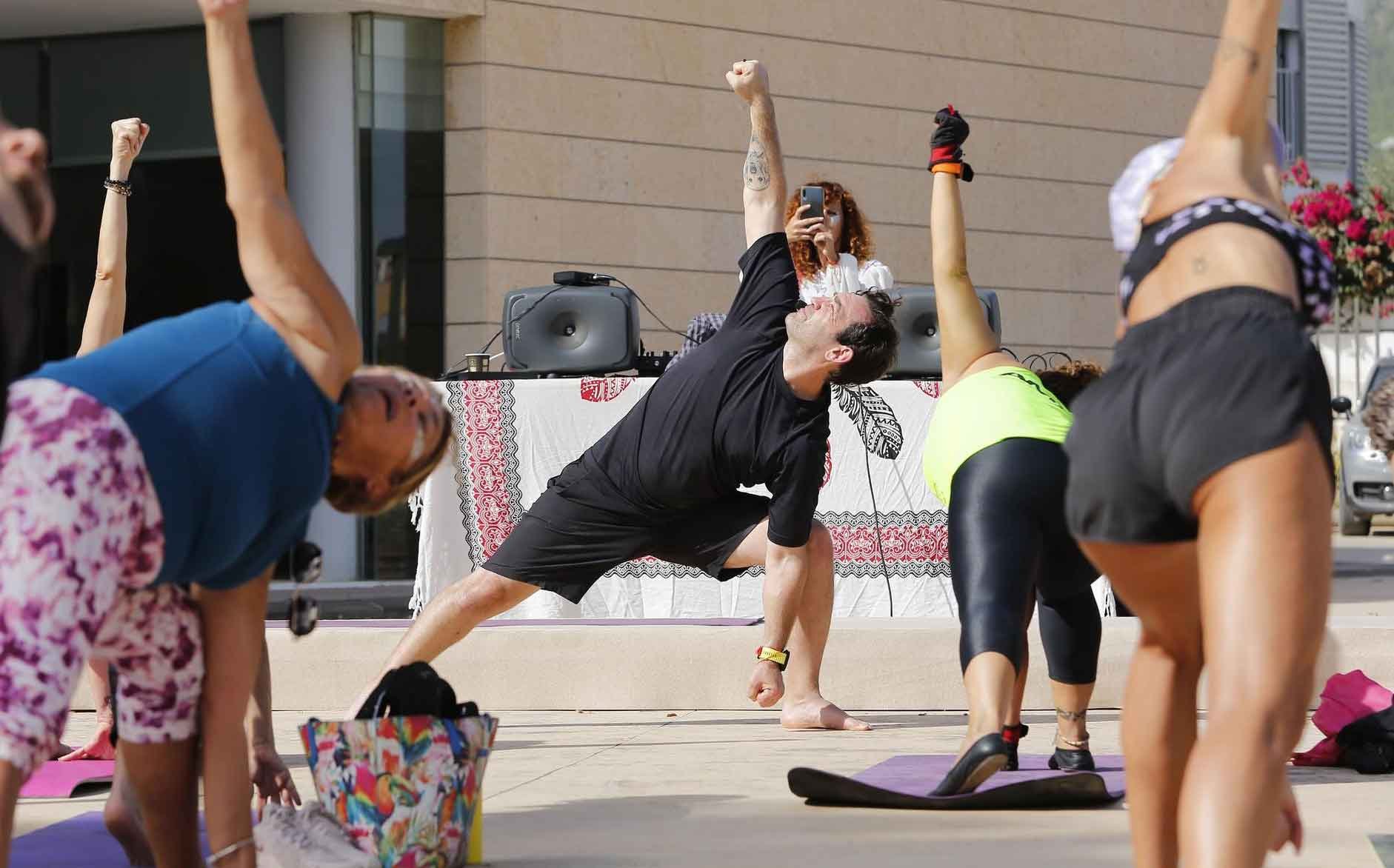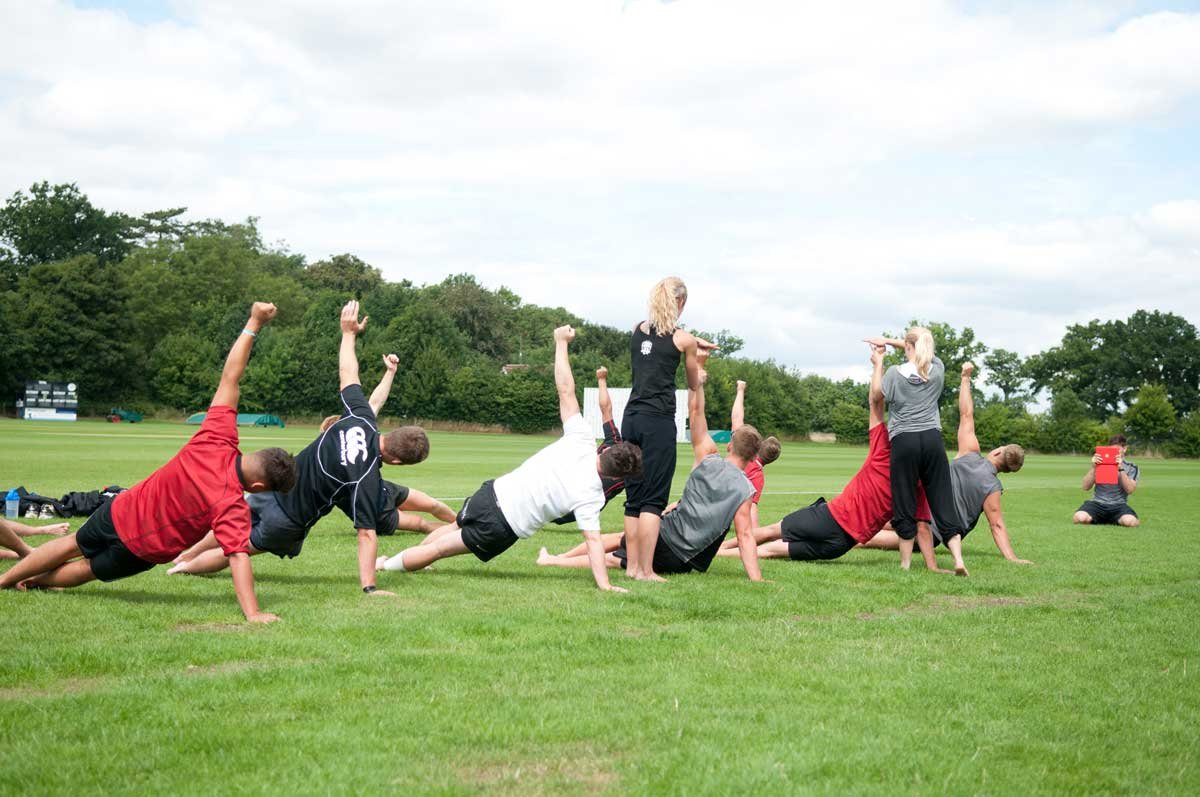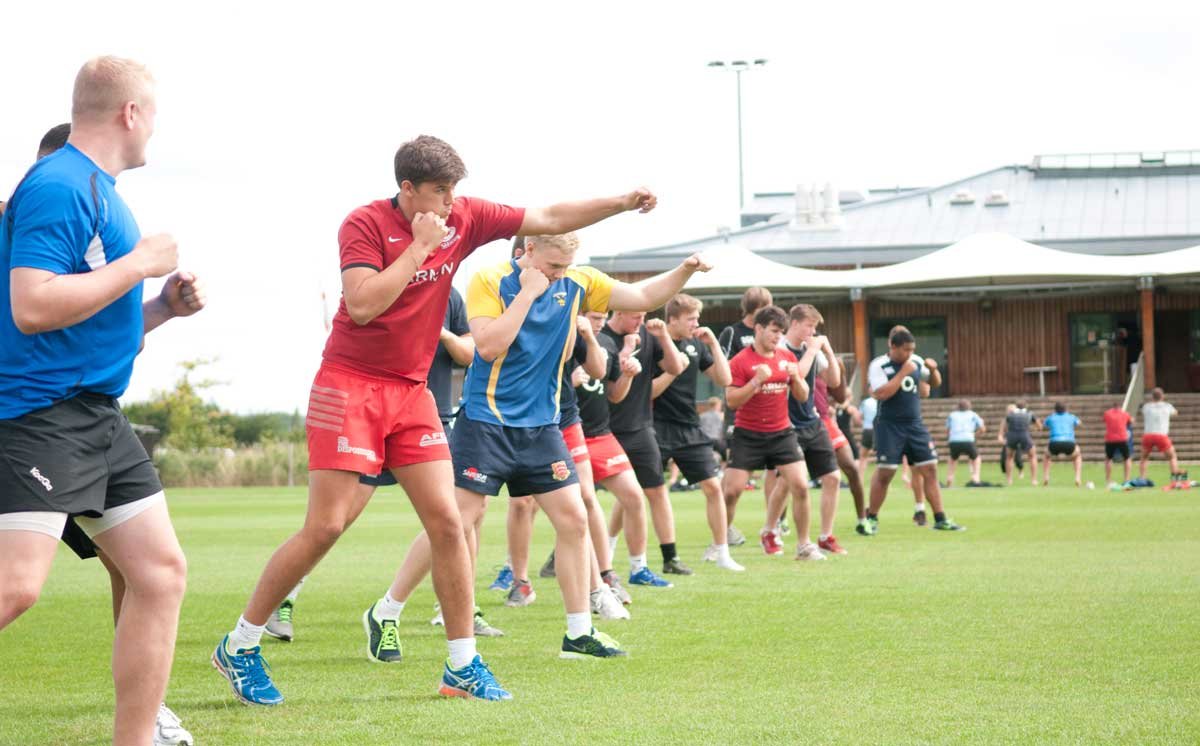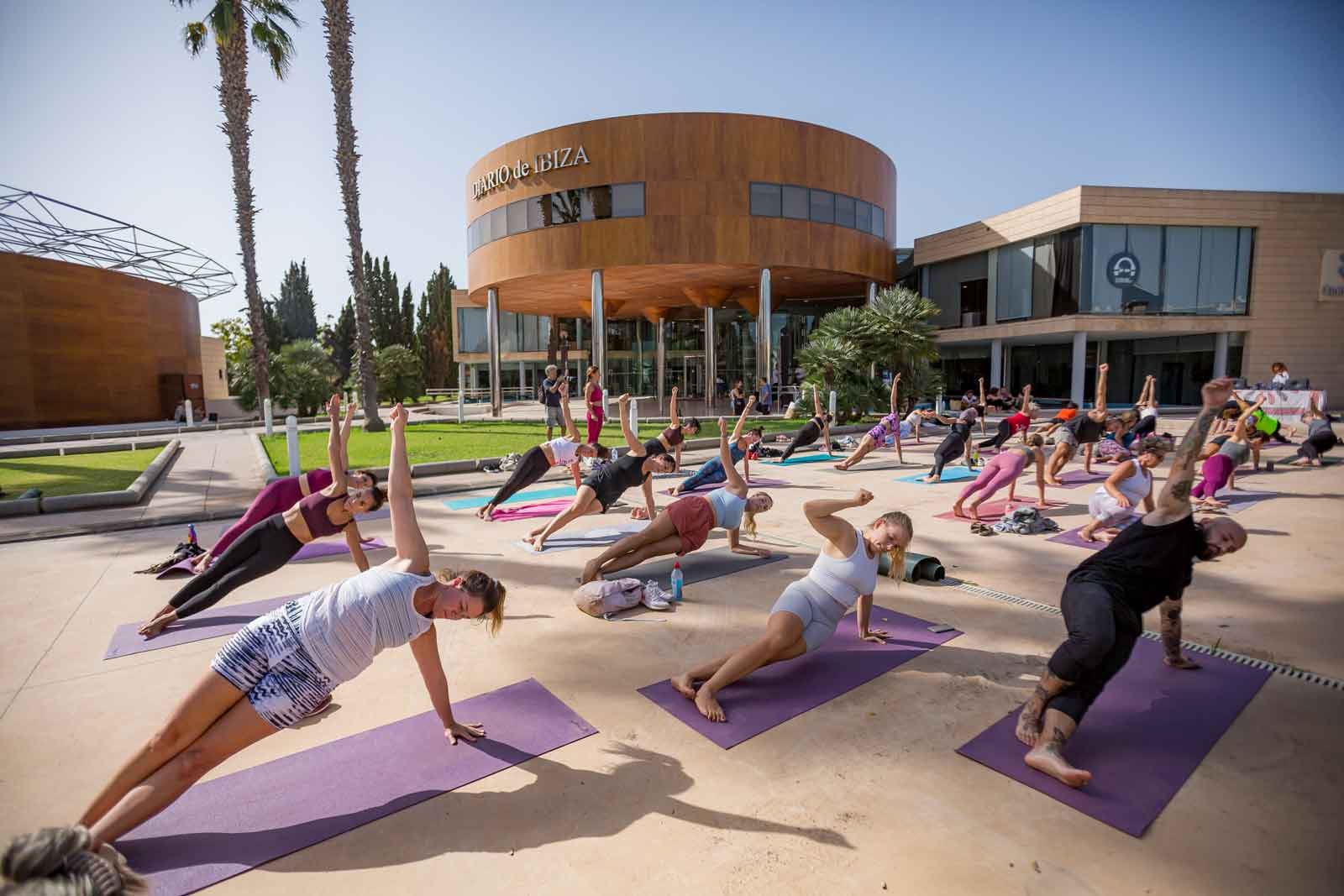
Elevating Workplace Well-being
Elevating Workplace Wellness
Strategies for Encouraging Movement and Physical Activity
In today's sedentary work environments, promoting physical activity and movement is essential for fostering employee health, productivity, and overall well-being. As HR managers, it's crucial to implement strategies that encourage employees to incorporate healthy habits into their daily routines and prioritise movement throughout the workday.
In this comprehensive guide, we'll explore the importance of promoting physical activity at work, discuss the benefits of movement for employee health and performance, and provide actionable tips for HR managers to encourage healthy habits and active lifestyles among employees.
Understanding the Importance of Promoting Physical Activity at Work
Incorporating regular physical activity into the workday offers numerous benefits for both employees and organisations. Physical activity not only improves physical health but also enhances mental clarity, reduces stress, boosts mood, and increases energy levels.
By promoting movement and physical activity at work, HR managers can create a culture of wellness that supports employee health, engagement, and productivity. Additionally, encouraging physical activity can help reduce the risk of chronic diseases, lower healthcare costs, and improve overall organisational performance.
Benefits of Movement and Physical Activity for Employees
Improved Physical Health: Regular physical activity reduces the risk of chronic health conditions such as obesity, heart disease, diabetes, and hypertension. It also improves cardiovascular health, strengthens muscles and bones, and enhances overall physical fitness.
Enhanced Mental Well-being: Physical activity has been shown to reduce stress, anxiety, and depression while boosting mood and cognitive function. Exercise stimulates the release of endorphins, neurotransmitters that promote feelings of happiness and well-being.
Increased Energy and Productivity: Engaging in physical activity increases energy levels, improves focus, and enhances cognitive performance. Employees who are physically active are more alert, productive, and capable of handling job demands effectively.
Better Work-Life Balance: Incorporating physical activity into the workday promotes work-life balance by providing employees with opportunities to recharge and rejuvenate. It allows employees to manage stress, maintain energy levels, and improve overall well-being, both at work and at home.
Stronger Team Dynamics: Participating in group exercise activities or wellness initiatives fosters camaraderie, teamwork, and social connections among employees. It promotes a sense of belonging and cohesion within the team, leading to improved collaboration and communication.
Strategies for Encouraging Movement and Physical Activity at Work
Provide Onsite Fitness Facilities: Offer onsite fitness facilities, such as gyms, fitness centers, or exercise rooms, to make it convenient for employees to engage in physical activity before, during, or after work. Provide equipment, classes, or personal training sessions to accommodate employees with varying fitness levels and interests.
Promote Active Commuting Options: Encourage employees to incorporate physical activity into their daily commute by walking, biking, or using alternative transportation modes such as public transit or carpooling. Provide incentives, such as bike racks, shower facilities, or commuter benefits, to support active commuting options.
Organise Group Exercise Activities: Plan group exercise activities, such as walking meetings, lunchtime walks, or fitness classes, to encourage employees to move together and support each other's fitness goals. Coordinate group challenges, competitions, or events to promote camaraderie and teamwork among employees.
Implement Sit-Stand Workstations: Offer sit-stand workstations or adjustable desks to allow employees to alternate between sitting and standing throughout the workday. Encourage employees to take regular breaks to stand, stretch, or move around to reduce sedentary behavior and improve circulation.
Encourage Active Breaks: Encourage employees to take active breaks throughout the workday to stretch, move, or engage in brief physical activities. Provide designated break areas or wellness rooms where employees can participate in quick exercise routines, yoga stretches, or relaxation exercises.
Support Walking Meetings: Encourage walking meetings as an alternative to traditional sit-down meetings. Walking meetings not only promote physical activity but also stimulate creativity, enhance collaboration, and improve engagement among participants.
Offer Wellness Challenges: Organise wellness challenges or competitions to motivate employees to increase their physical activity levels and adopt healthy habits. Set achievable goals, track progress, and offer incentives or rewards for participation and achievement.
Provide Education and Resources: Educate employees about the importance of physical activity and provide resources, tips, and information on how to incorporate movement into their daily routines. Offer workshops, seminars, or webinars on topics such as exercise basics, ergonomic principles, and injury prevention strategies.
Promoting movement and physical activity at work is essential for fostering employee health, well-being, and productivity. By implementing strategies to encourage healthy habits and active lifestyles, HR managers can create a culture of wellness that supports employees in achieving their fitness goals and maintaining optimal health.
Incorporating physical activity into the workday not only benefits individual employees but also contributes to a positive work environment, improved team dynamics, and enhanced organisational performance.
DISCOVER why Corporate BOX™ is the well-being program of choice for the likes of Vodafone, Converse and Chelsea FC, click here.
As Featured In
CorporateBox™ Enjoyed By
